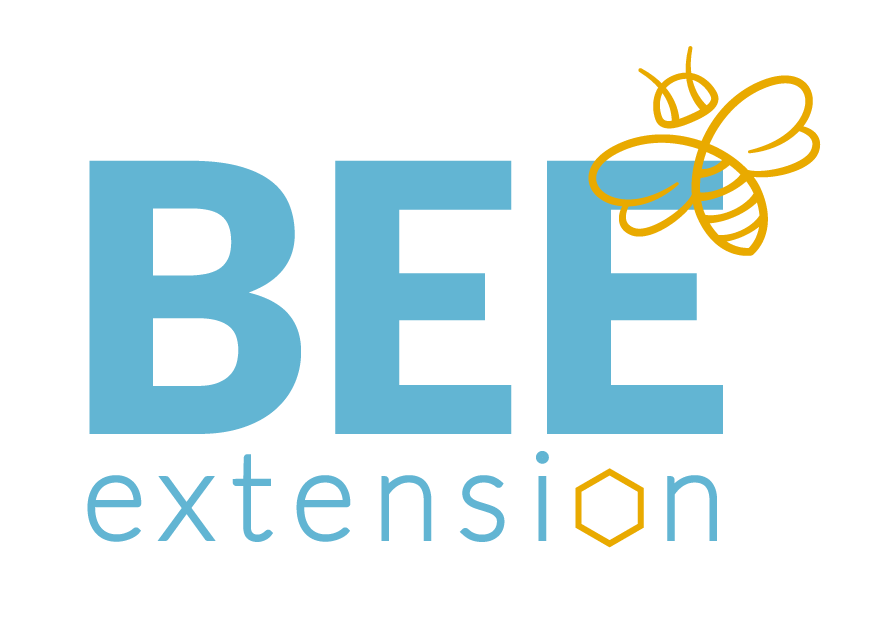Analysing the target group
In any form of communications the key to success is to know your target group.
In order to make the most effective use of your limited communications resources you need to develop a clear understanding of exactly why they think or act in the ways that they do:
- Exactly who is part of the problem (causing, increasing, managing, solving, etc.)?
- How are they affecting the problem?
- What do they currently think about the issue or problem?
(from not aware to frustration over the lack of practical tools to be used) - What costs and benefits do they perceive in acting in an old or a new way?
- What would you like them to do after your intervention?
- Is the change easy to understand and implement?
- What costs and benefits would your audience associate with this change?
- What would best motivate them to change?
- What help will they need (from you and others)?
What do we need to make a change
If we really want to change human behaviours, we need to do more than just provide people with scientific information.
We need to be strategic in how we use communications to help achieve our policies and objectives.
New technologies creates:
- an increase in our total knowledge production
- as well as easy access to knowledge sources
- in combination with stronger demands on participation and involvement from stakeholders
The forms of communication are changing.
New tools are developed and combined in innovative ways.
Knowing what to do when and why is the core competence in strategic communication.
No doubt, there is an invaluable practical experience among trainers and existing institutions on how to do advisory services and extension in a successful way.
There are still new methods to be developed and/or to be spread from one sector to another.
Some examples would be related to:
- e-learning
- social media
- informal learning through study groups
- international knowledge exchange on local level or even participatory research, like Citizen science
From a communications perspective raising awareness is just one step on the path to changing behavior. Aiming to reach a sustainable management is all about doing thing differently. More of the same is not enough.
Sustainable apiculture needs sustainable extension and advisory services.
In strategic communications you aim to communicate the most relevant messages, through the right channels, measured against well-considered communications-specific goals, and with a good understanding of your target group.
It is not only communicating, it is doing the right communications.
New methods of outreach — There are now many more avenues available to reach the beekeepers. Digitalisation and increased demand for participation push this development today.
Consistency — There is a greater need for consistency between the actors involved in communication to a specific target group, since the beekeepers easily can Google anything online.
Coordination — The same communication channels (e.g., Facebook) are useful for education, networking, fundraising, etc, and as an advisor or extensionist you need to strike a balance between getting out important messages and also attracting readers. To attract an interest through traditional channels has never been as hard as it is today.
More professionalism — Also, there is a problem of amateurs, although claiming to be ‘experts’, attract too much interest. Desktop publishing allows anyone with a PC to make a newsletter or magazine (compare the ‘fake news’ debate).
There is an obvious risk that the Internet de-professionalize communications. As professional trainers, educators, extensionists and advisors we need to meet these challenges in a partly new way.
